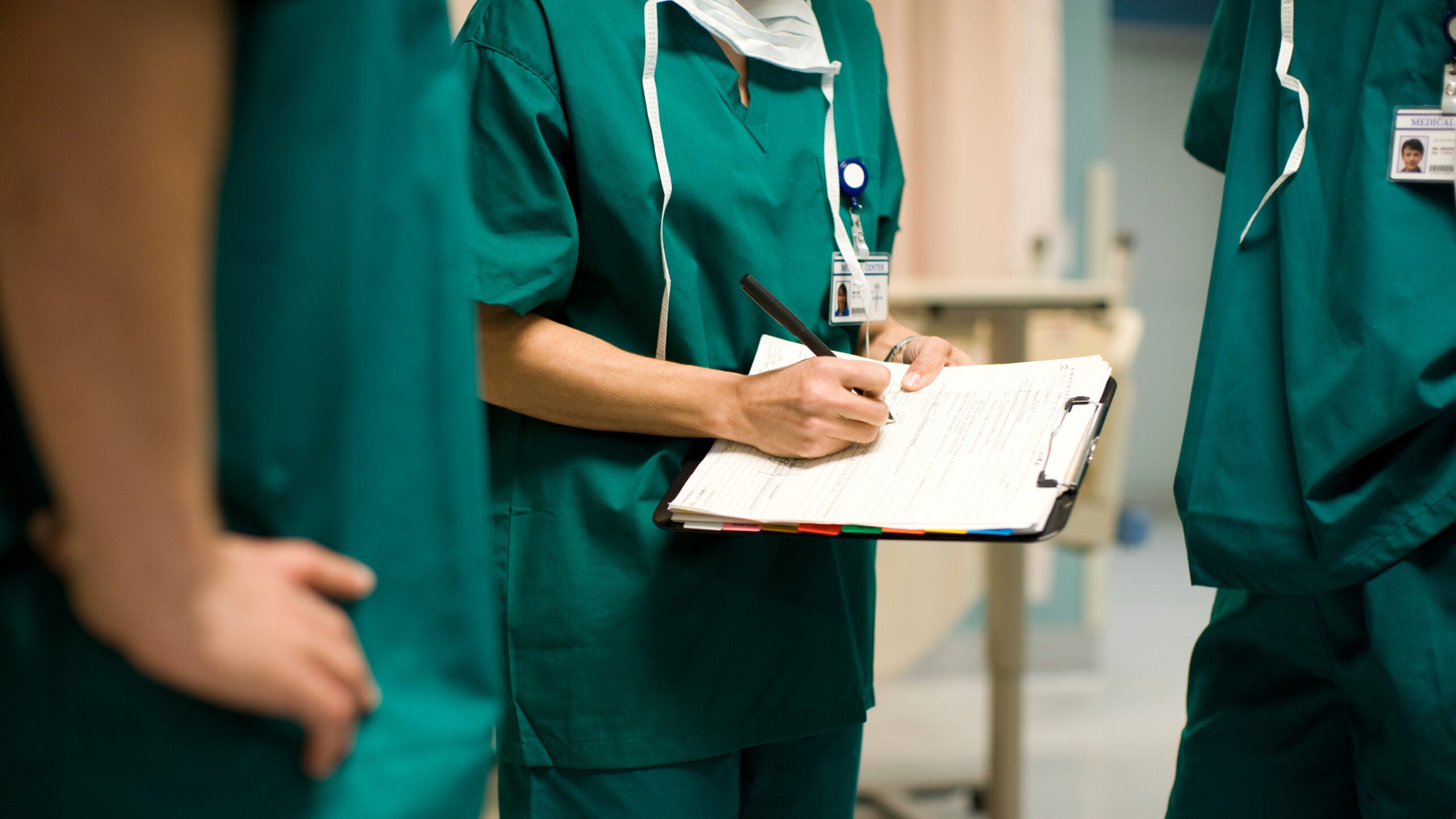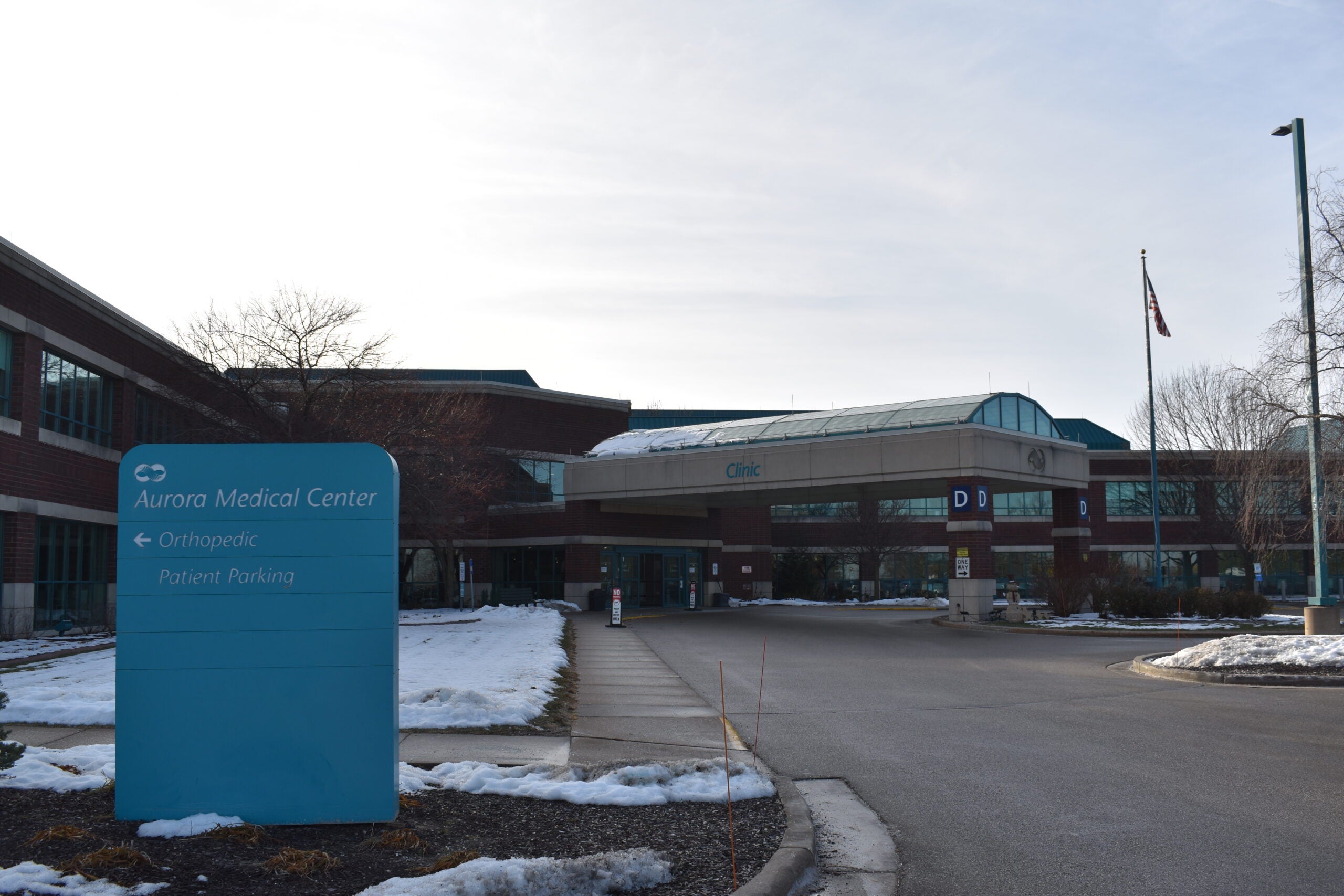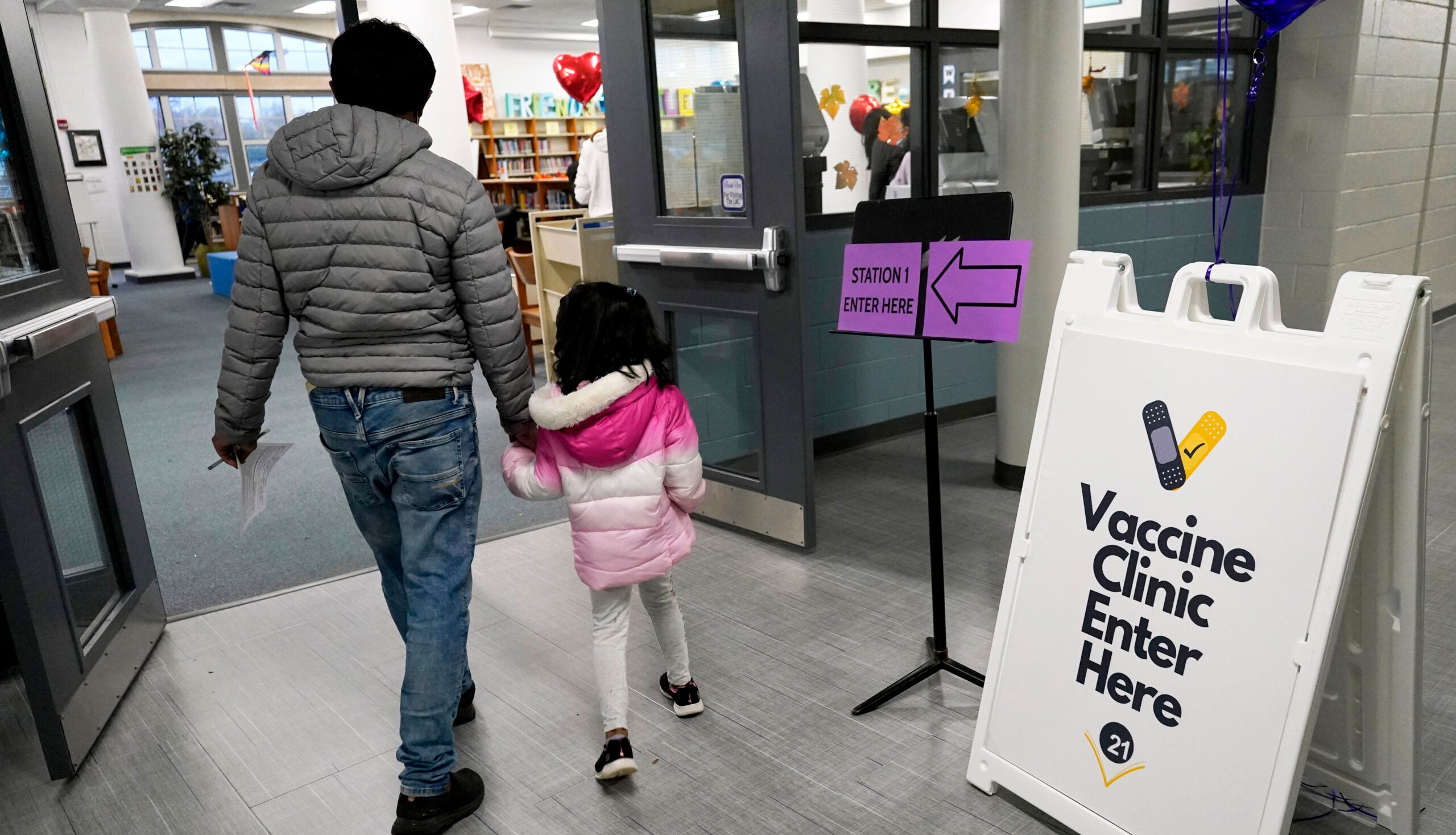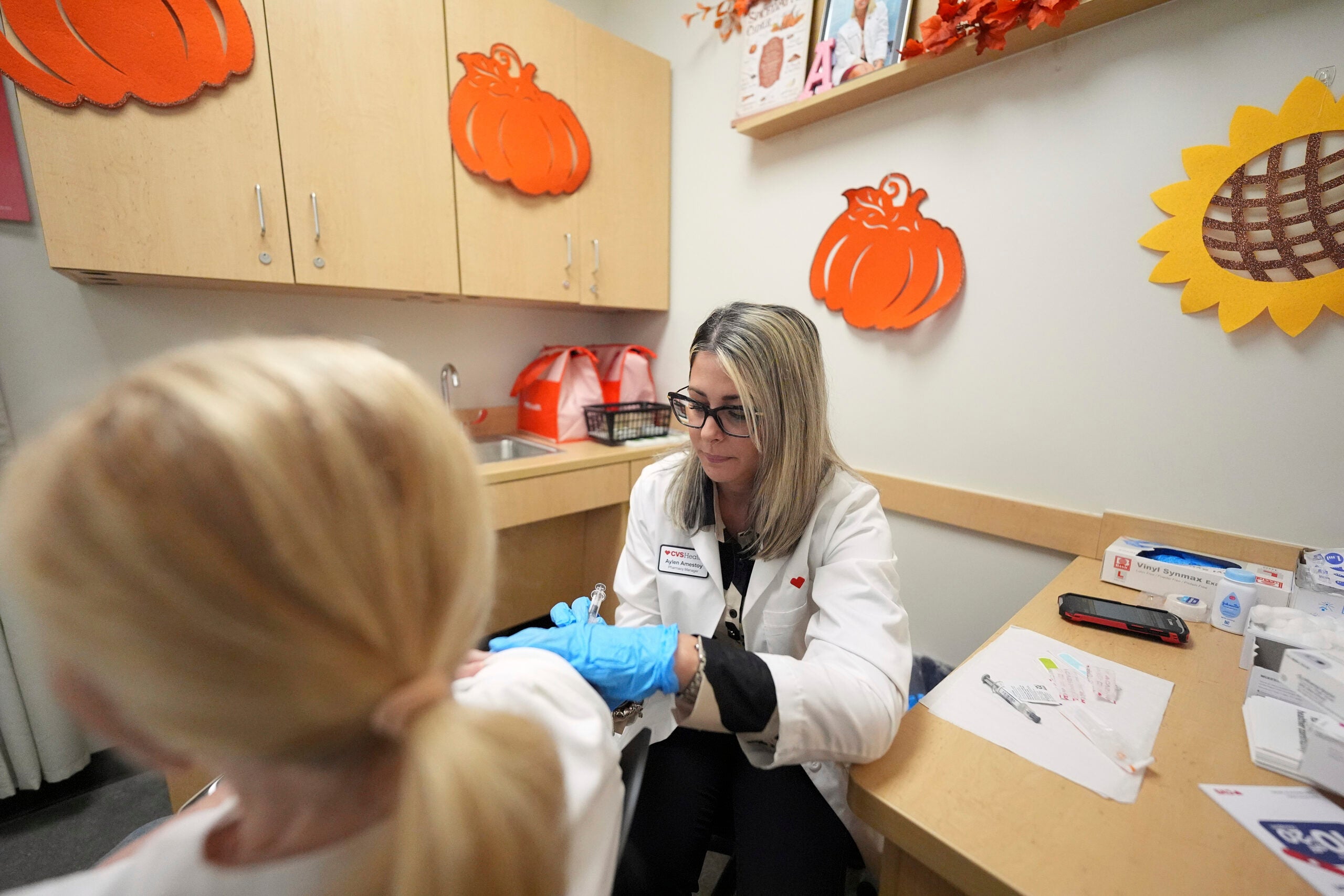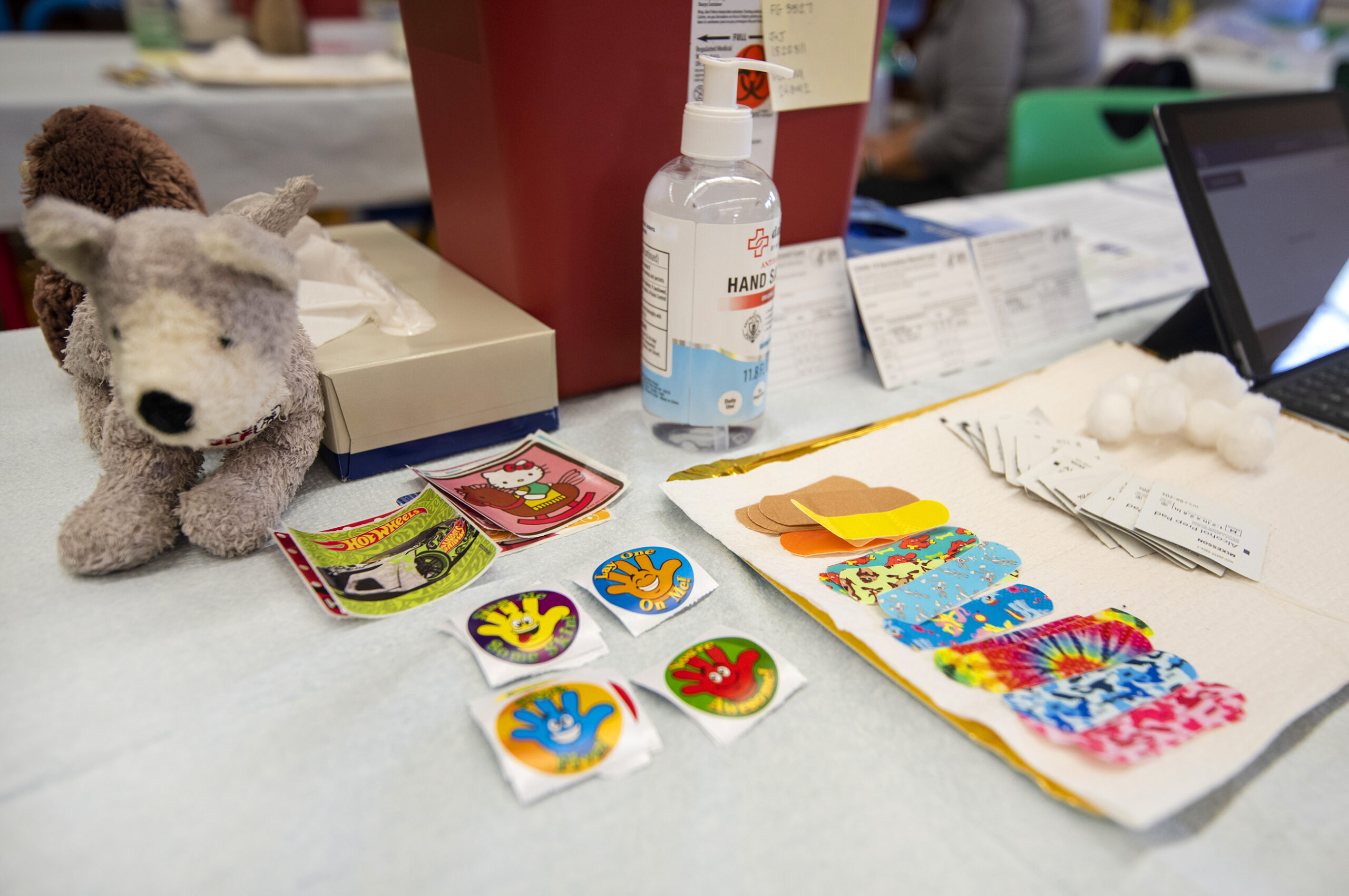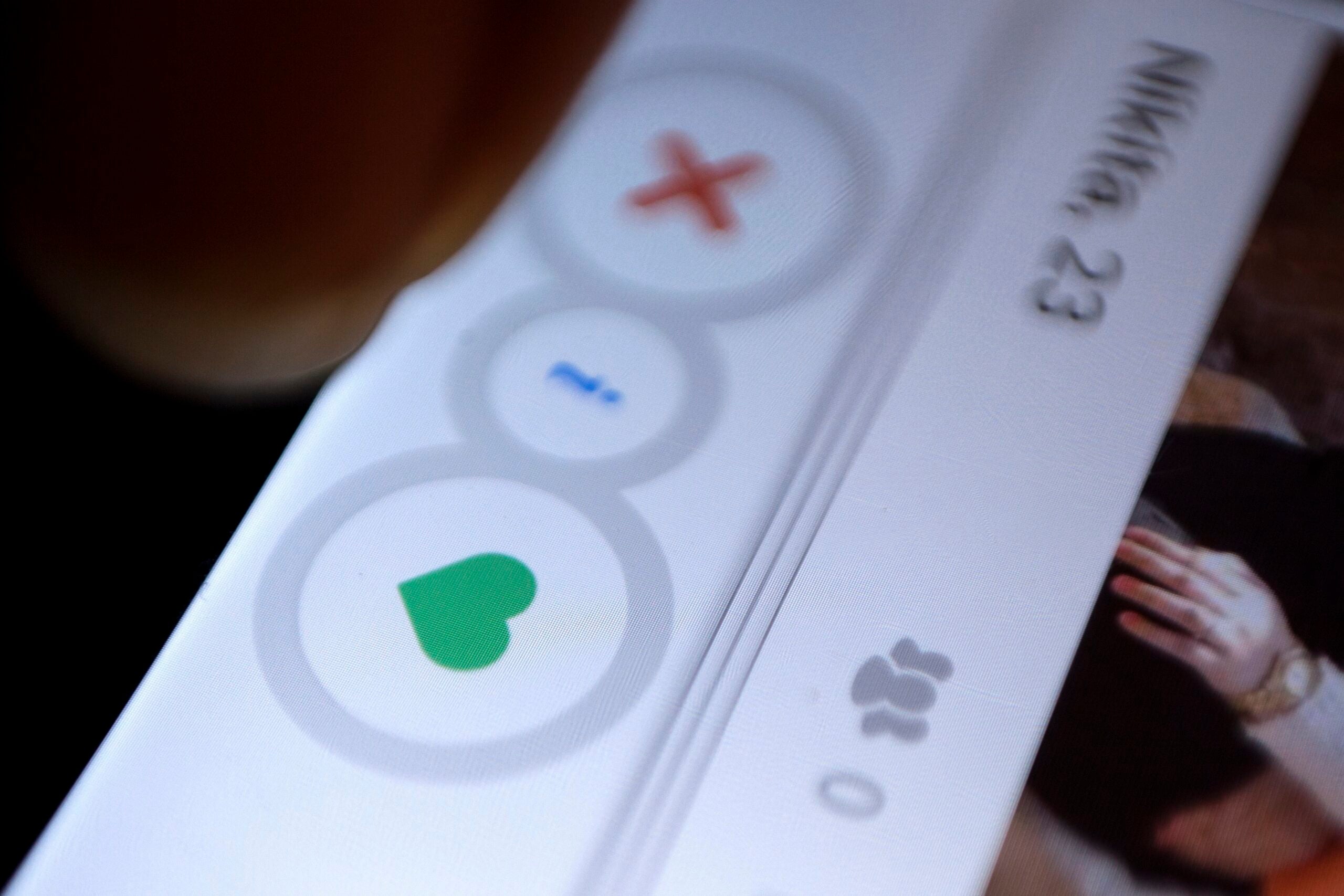As of Tuesday afternoon, the largest number of Wisconsin’s confirmed COVID-19 cases were in Milwaukee County.
Residents can learn more about Milwaukee County’s coronavirus outbreak through its online COVID-19 dashboard. It breaks down local cases by age and municipality. A heat map shows the areas with large numbers of confirmed cases.
In Milwaukee County, fire departments provide local emergency medical services. The dashboard helps them allocate resources and it assists hospitals in preparing for influxes, said Dr. Ben Weston, director of medical services for the county’s Office of Emergency Management.
News with a little more humanity
WPR’s “Wisconsin Today” newsletter keeps you connected to the state you love without feeling overwhelmed. No paywall. No agenda. No corporate filter.
It also helps the public understand what’s going on in its community, he said.
In many other parts of Wisconsin, the same level of detail on confirmed coronavirus cases isn’t available as local health officials weigh patient privacy and public interest.
Through Wisconsin Public Radio’s WHYsconsin project, we’ve received a number of questions on whether knowing more about the people in our communities who’ve tested positive for the virus could help slow its spread. Many experts agree, more information won’t necessarily keep us safer in this situation.
Limiting Information Could Help Reduce The Risk Of Complacency
Breaking down cases by community carries some degree of risk, Weston said. It could allow people in areas with no or few confirmed COVID-19 patients to feel a false sense of security.
Weston noted that is especially true considering the large number of pending COVID-19 tests, people under investigation or those who are exhibiting symptoms, but don’t qualify to be tested based on the state’s criteria. There’s no responsible way to reflect those unconfirmed cases on the map, Weston said.
“But we know they’re out there,” he said.
Even in communities where no one has tested positive, it’s important people avoid contact as much as possible, said Alta Charo, a professor of law and bioethics at the University of Wisconsin-Madison. Charo cited recent information coming out of Iceland, which claims to have tested a larger percentage of its residents than any other country, showing only about 50 percent of people with the virus felt symptoms.
Patient Privacy Is Important To Fighting Outbreaks
Paula Silha, health education manager for the La Crosse County Health Department, said the agency might choose to release more information on COVID-19 patients if the area sees a big increase in cases. Weston said Milwaukee County’s relatively large population and the high number of cases there make it possible to provide more information to the public without identifying individual patients.
The map on Milwaukee County’s COVID-19 dashboard anonymizes patient location, showing the number of cases by census track without allowing users to zoom in far enough to pinpoint their spot, Weston said. The heat map is randomly shifted to “geographically mask” the spots where coronavirus patients live.
In areas like La Crosse County, where evidence of community spread wasn’t reported until Tuesday evening, contact tracing is still a valuable tool that public health departments are using to help slow the spread of the new coronavirus.
Whenever someone tests positive for COVID-19, the public health department is notified, Charo said. Public health professionals then conduct an investigation to determine if that person had close contact with anyone during the period they may have been contagious.
“If you’ve been tested and found to be positive, you need to be completely forthcoming with the public health authorities about all the places you’ve been and all the people with whom you’ve had some close contact,” Charo said.
It’s easier for a person to be honest with investigators if they’re confident their identity will be protected.
Three cases of COVID-19 have been confirmed in Brown County. There, the local health department is using contact tracing to identify people who may have encountered an infected individual.
“If somebody’s concerned that they were in contact with somebody with the coronavirus and they have not been contacted by public health to do an interview, they most likely had either very low or no probability of contracting the virus or the contact was minimal,” said Ted Shove, of the Brown County Health Department.
Both Shove and Silha encouraged residents concerned about the spread of the disease in their communities to take advantage of online resources from their local health departments.
Dr. Karola Kreitmair, an assistant professor of medical history and bioethics at UW-Madison, noted individuals who test positive or suspect they may have COVID-19 do still bear some responsibility.
“If I, let’s say, get a positive test result back or I believe that I might be positive, that doesn’t mean that I can’t go to all the people I’ve had contact with and say, ‘Hey, look, I had a positive test result,’ or ‘Hey, look, I think I might be positive. I think it’s best if you follow the recommendations for isolating,’” she said.
Editor’s note: Bridgit Bowden contributed to this report.

